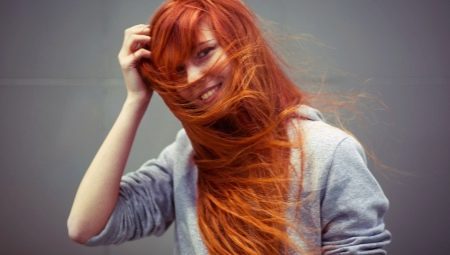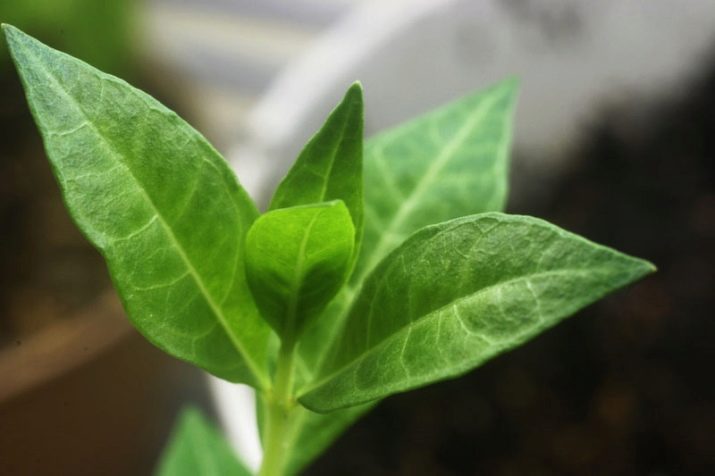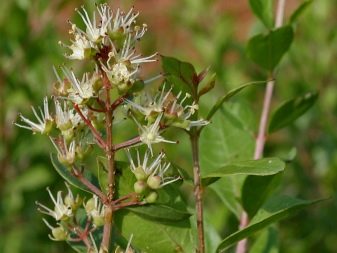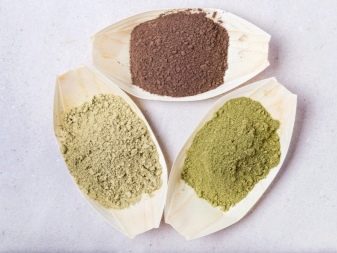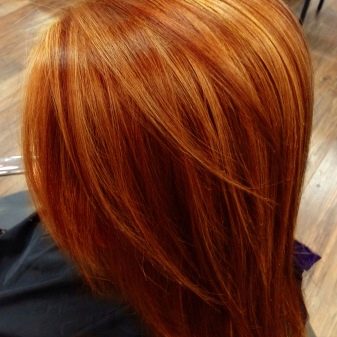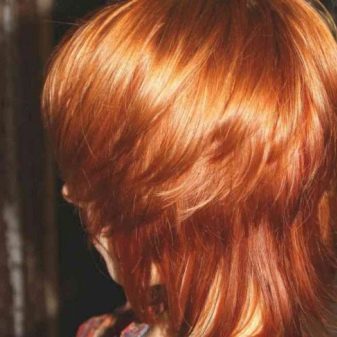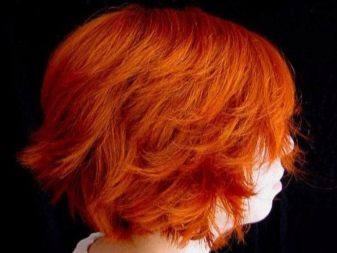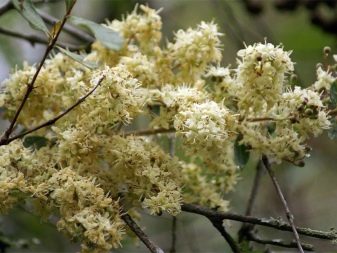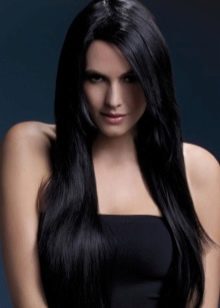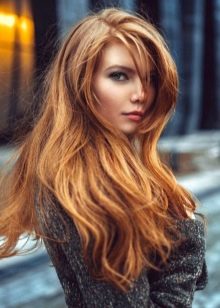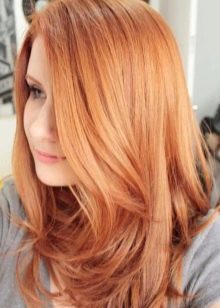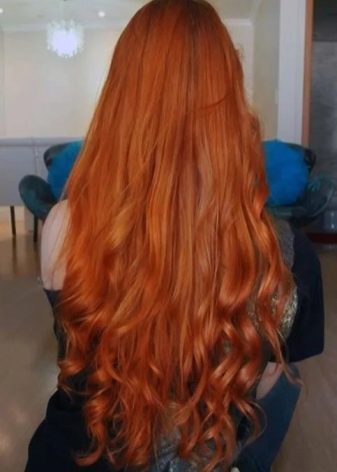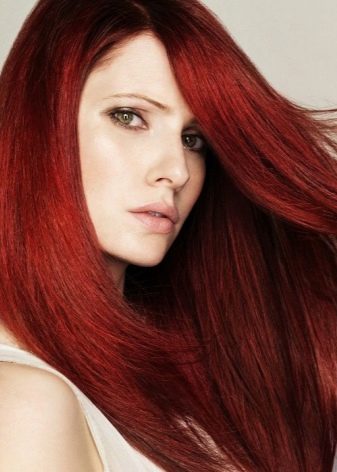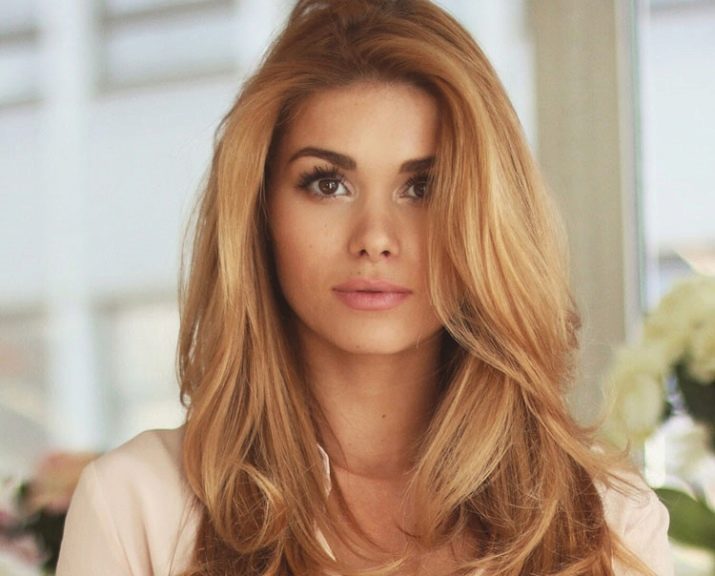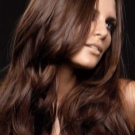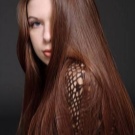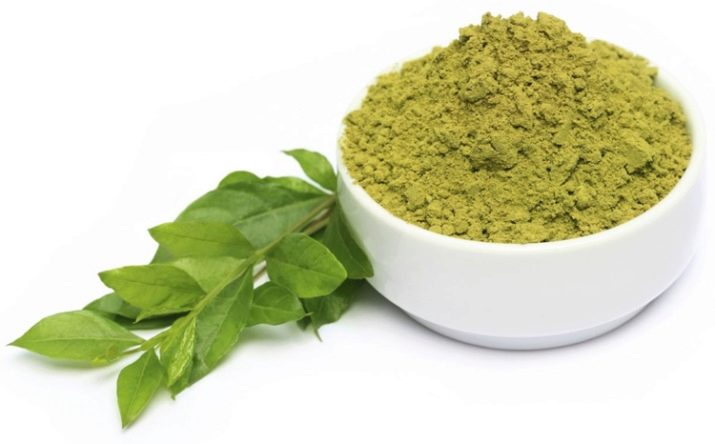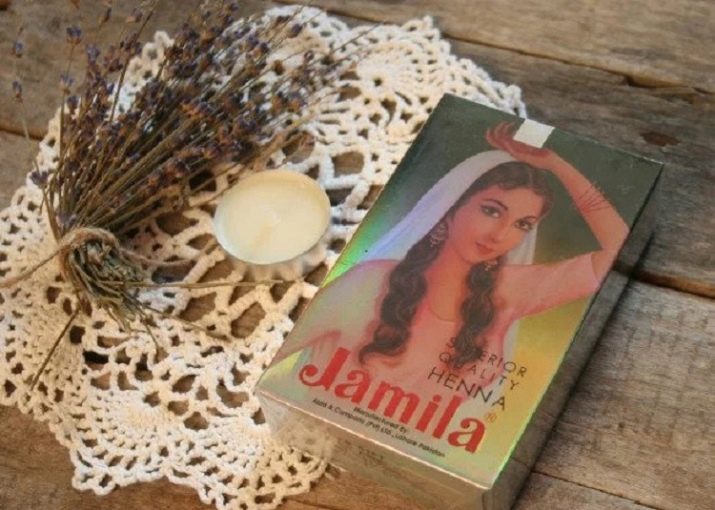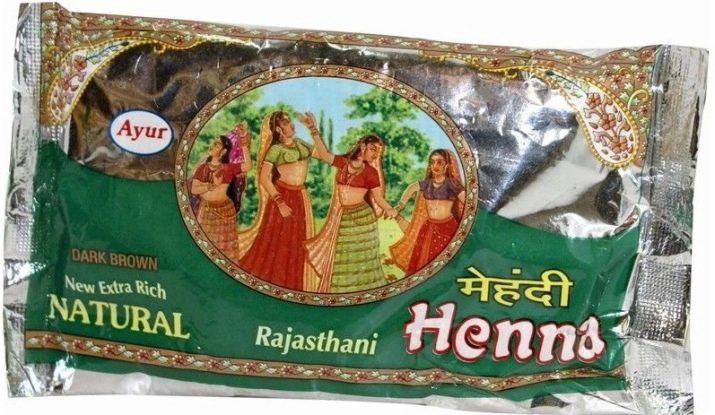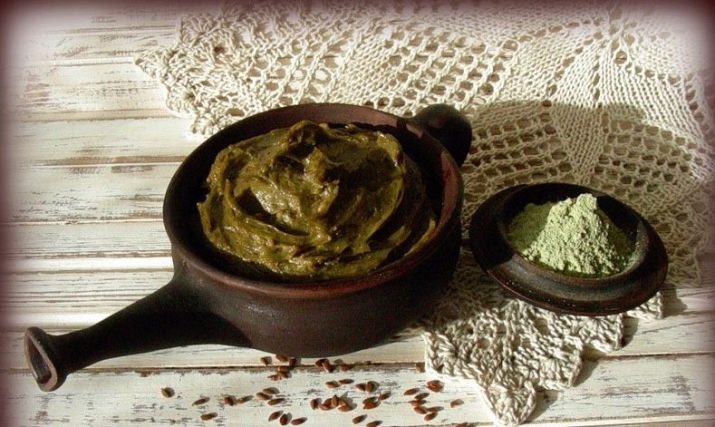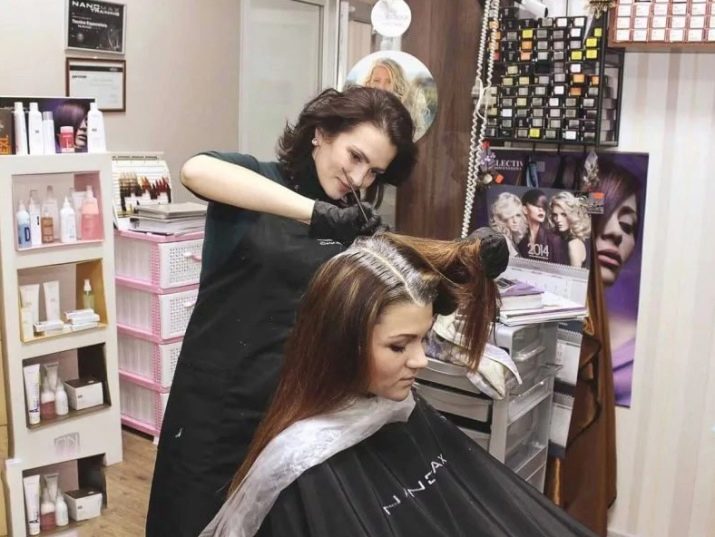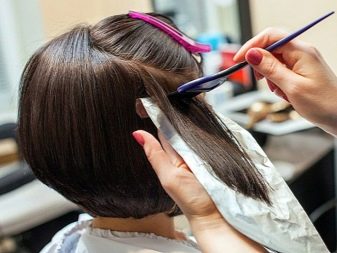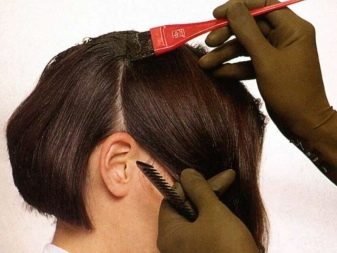Henna is an herb that helps not only to change the hair color, but to make it shiny, healthy. The natural ingredient has been used for many centuries, but few know that there is a product made in India, and there is Iranian henna.
Features
Indian henna is a natural dye that gives a reddish-brown color, but there is also a colorless powder for painting, which is used as a mask to improve the structure of the hair. It is quite easy and simple to use such a product: the grass comes in finished form, it is an absolutely natural product that you just mix with water, wait until it is drawn, then apply it on your hair.
To get the desired shade, the mask must be maintained on the head for several hours. Older ladies also use henna to hide gray hair.
Apply the powder twice a month, this is enough to make the hair healthy, shiny and voluminous. The mask helps to restore lost hair health, restores the damaged structure. In addition, henna restores the acid-base balance of the scalp.
Henna is a very good conditioner: it covers every hair and creates a protective barrier against damage. Regular use of dye makes hair thick and strong, retaining the necessary moisture. This paint can treat dandruff.
Some finished products on the market are also enriched with 9 other herbs. This combination improves the condition of the hair follicles, activates growth.
Comparison with Iran
Indian henna "is taken" from the shrub, which during the flowering period is covered with white and pink inflorescences. It is his leaves and become the basis for the creation of the coloring composition. The entire production process is built on manual labor: men and women collect the plant, dry it and grind until the consistency of the powder is reached. It is in this form that the paint comes to the store shelves for further use.
This is an amazing product that includes the necessary vitamin complex for hair. Indian henna differs from Iranian in that after dyeing it is achieved a red shade, very bright, saturated. You can add to the powder and other ingredients, for example, tea or coffee, then the shade will change. When dyeing, it is important to take into account the natural color of the girl's hair, since on dark, chestnut or light curls the color can be very different.
The difference between Iranian henna is not only that it grows on the territory of Iran. The powder has a pale green color; after dyeing, you can see a copper color on the hair, which will become darker if you add a little basma. The cooking process is the same as in India: everything is based on manual labor.
Henna is easy to paint over gray hair, you can heal curls. It is difficult to say which of them is better, since both variants are exclusively natural products and, accordingly, have a favorable effect on the hair.
Indian henna grinds much stronger, so there is no problem with the application. In both cases, it is important to note that such a paint is completely safe for hair and scalp, it has a very powerful regenerating effect.
Fragrance is considered another difference, since the Iranian product does not always smell good. He paints over gray hair worse, in comparison with him Indian henna lasts longer on his hair and makes it silky.
Color variations
The difference in shade is often the main factor why a particular product is purchased. Iranian henna has only a copper-red shade, while it varies depending on the girl's natural hair color. The Indian product has much more possibilities, since one can choose among seven shades, there is also a colorless variant.
When painting Indian henna, you can get black hair, brown, chocolate color. Sometimes the curls resemble burgundy in color or simply acquire a golden hue. Looks good chestnut or copper color.
It is very difficult to predict what the final result will be after dyeing, because it is very important how the composition was prepared, how long the paint was kept on the hair, what color the natural strands were. As experience shows, the lighter the hair, the more intense the impact: the hair turns bright red. When using Indian henna on dark hair, the shade is maroon.
To control the intensity of the color, girls try to adjust the amount of powder. The larger it is, the brighter the result is to be expected.
However, it is almost impossible to withstand each time the same consistency of the mixture, therefore, other ingredients are often added.
Blondes are advised to brew henna not with water, but to use chamomile extract for this, thanks to which the shade is golden honey. If you use the same tool on dark hair, the henna saturation can be reduced.
To achieve an even brighter color, you can add turmeric to the herb. For a fiery red color, you can use rich beet juice and red wine as an additive.
Coffee and tea will also be great helpers when you need to give your hair a chestnut tint. The exact color will also depend on the amount of additional ingredients per henna serving, but the advantage of using such a dye is that the result can be corrected very quickly by repeated staining, with no negative effect on the hair.
Despite the fact that henna is a natural material, it is not worth using it more often three times a month.
How to choose?
Vitaminized henna can also be found on the market with oils, but regardless of the product being purchased, the powder inside must be fresh, because this is the only way to achieve the desired result.
The best paint is made from the top leaves of the plant. This is where the most coloring pigment is located. When opening the pack inside there should be finely ground powder, no sticks or other large fragments. You can sift henna yourself to get a 100% quality product.
A good option is "Jamil" powder, the quality of which is confirmed in practice. With its use it is possible to achieve the desired result: the shade is quite bright, saturated. The sale comes in a convenient package weighing 100 grams. The paint is in foil, and the small bag is packed in a box. The aging time of the mixture on the hair is 3-4 hours. The grass inside is well sifted, easily washed off the hair, and the texture of the paste looks like melted chocolate. After coloring, a deep tan tone appears.
It is also worth paying attention to organic Indian henna powder from the Rajasthani region, which is well balanced.
After dyeing, a typically reddish tone is present on the hair; on dark hair, the shade may be close to the color of a ripe cherry. The powder passes triple screenings through nylon. Lighter hair can have a coppery color.
How to dye your hair?
When dyeing at home it is always worth remembering that the result may be lighter or darker depending on the natural hair color. They take from 100 to 500 grams of good quality henna (depending on the length of the curls), mix the powder with warm water.
When used properly, it should be a smooth paste.Optionally, you can add orange juice to get red hair. Lighten slightly curls can be added by adding decoction of chamomile or more water.
The plate is covered with polyethylene and left for twelve hours in a dark place at room temperature. Before applying the paint, it is advisable to wash and dry the hair, apply a cream on the scalp around the hairline to prevent staining. Wear protective gloves, you can apron or a towel on his shoulders so that the paint does not get on clothes.
The hair is divided into parts, the composition is applied from root to tip so that each curl is well oiled. Henna is quite thick in consistency, so it is difficult to apply if it is long hair.
After all the curls are well colored, cover them with a package and cover with a towel or handkerchief. It is important that the composition does not dry out before the hair is dyed, as in this case the pigment will no longer be absorbed. The exposure time of three hours. Wash henna without using shampoo.
Curls can be superbright on the first day after dyeing. Gradually the color will become deeper and calmer.
You should not use a hair dryer and a straightener, as they dry hair. When the shade becomes completely dull, you can repeat the procedure of staining.
Reviews
Henna does not harm the hair, it is preferable to use it as a means that can restore shine, health to curls. It is rich in vitamins and minerals, helps to cope with dandruff, but from the negative reviews you can often hear that the result was completely unexpected.
Indeed, it is difficult to predict what will happen, just like to paint the hair with chemical paint, since, until the henna is washed, you cannot correct the color. You can use additional ingredients that will slightly change the shade, make it more red or bright.
Video with reviews of Indian henna, see below.
